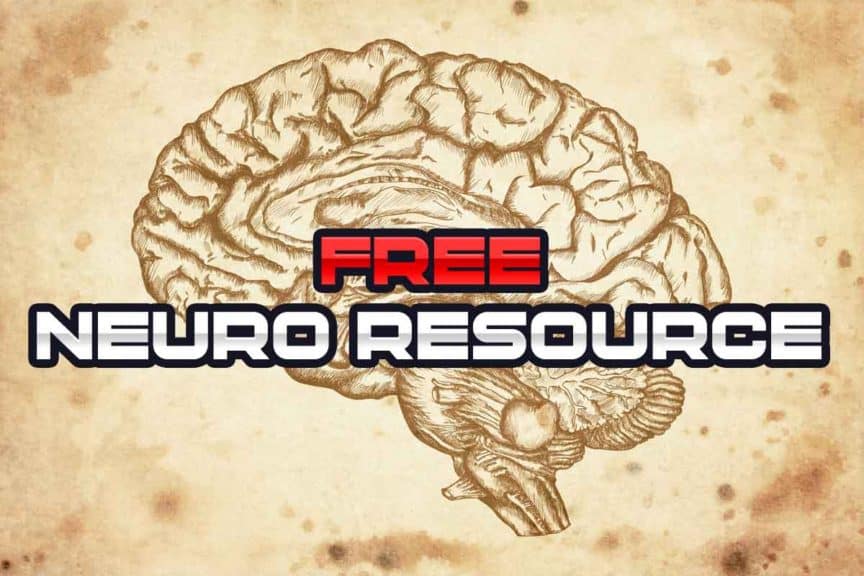Saving money when in school is a pretty universal thing. Wanting to do as good in school as possible while saving money on textbooks and other resources is a game that all PT students have likely played. I know that I sure have, and I’d like to think that I got fairly good at that game while in PT school. Any neuroscience or neuroanatomy course you take will likely be very demanding, so you want to have a good resource to go to.
The best free neuroanatomy resource is Neuroscience Online by the Department of Neurobiology and Anatomy at UT’s McGovern Medical School. It is an online text with free animations for the study of neuro anatomy. It can easily replace the cost of an expensive neuroscience textbook.
For a trustworthy, thorough and well-organized FREE online textbook from the University of Texas Health Science Center at Houston, check out the following link:
https://nba.uth.tmc.edu/neuroscience/m/index.htm
Read below as to why you need this resource, why you can trust it and why you’ll want to keep coming back to it again and again.
Why you need good, reliable neuroscience and neuroanatomy resources
Most PT students tend to agree that any neuroscience or neuroanatomy course you take in PT school will be no joke when it comes to doing well. Gross anatomy and neuroscience/neuroanatomy are kind of like the big, nasty “bash brothers” of all your PT curriculum. If you want some great tips on how to crush gross anatomy and make the most out of it, be sure to check out my blog post on How to Crush Gross Anatomy.
Just like gross anatomy, your neuro course(s) tend to be credit-heavy courses that will demand a lot of dedicated study time and mental effort due to the vast amount of material and its subsequent complexity. And since this is the case, you want to know that any material you study from is trustworthy, thorough and well organized.
The ultimate neuroanatomy resource for all your study needs

Thankfully, when it comes to Neuroanatomy and Neuroscience, there’s a great free online resource/online text book offered by the University of Texas Health Science Center at Houston that has you covered when it comes time to learn all about the neural tracts, pathways, subcortical nuclei, and all that other great stuff that you need to know for these courses.
They bill it as “an open access educational resource provided by the department of Neurobiology and Anatomy”. In addition to PT students, this online resource/textbook would be beneficial for all other health-profession allied students, such as medical students, occupational therapy students, physician assistant students, nursing students, and so on.
The material contained within this free online resource
The resource is divided into four main sections, each with a dozen or so chapters with each chapter being written by PhD experts within their respective fields.
In addition to having multiple sections (each with a dozen chapters or so), it also uses some flash animations within each chapter for helping to illustrate things such as impulses travelling along pathways, reflexes and so on. If you’re a visual learner, this can be quite helpful.
So, if you’re looking for a way to either save some money, or need an extra resource that is trustworthy when it comes to neuroscience and neuroanatomy, this site should come in quite handy.
Make sure to bookmark it while in your neuro courses, as you’ll likely want it as a resource you can quickly access and come back to again and again.
I’ve attached a few screen captures below:
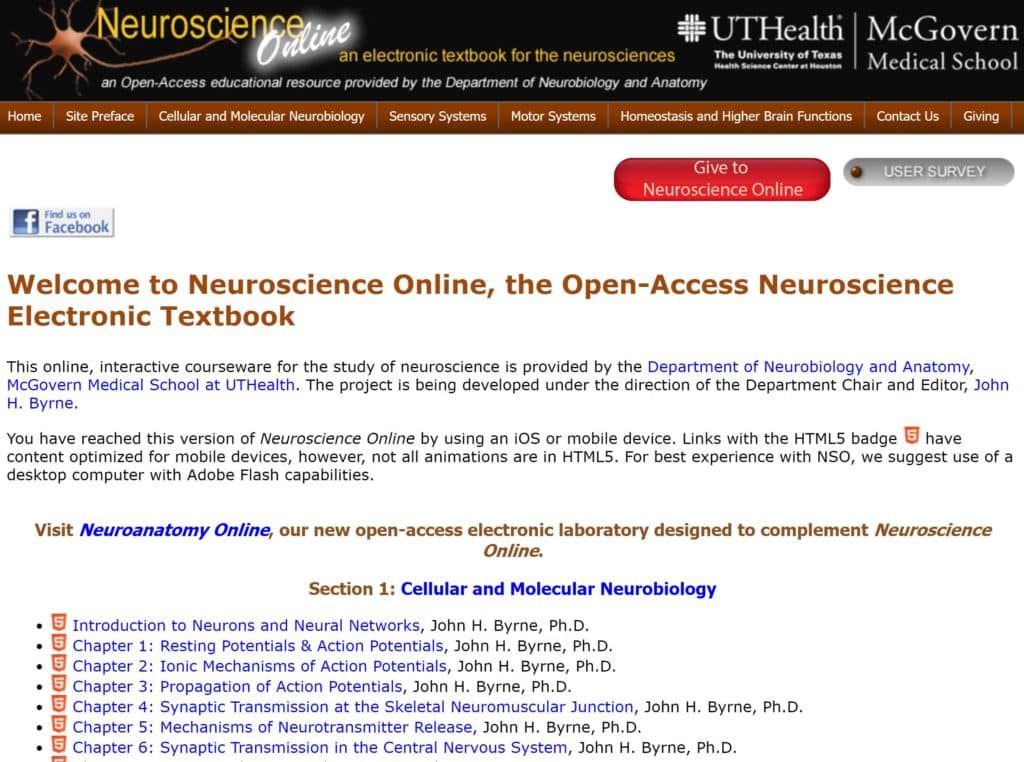
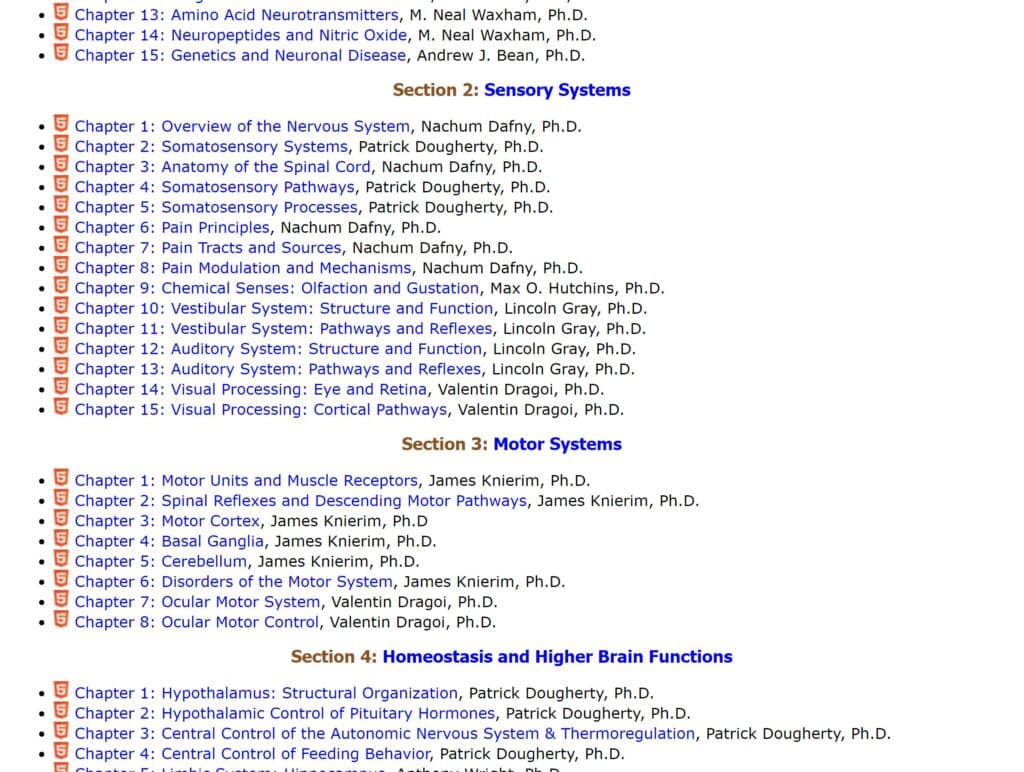
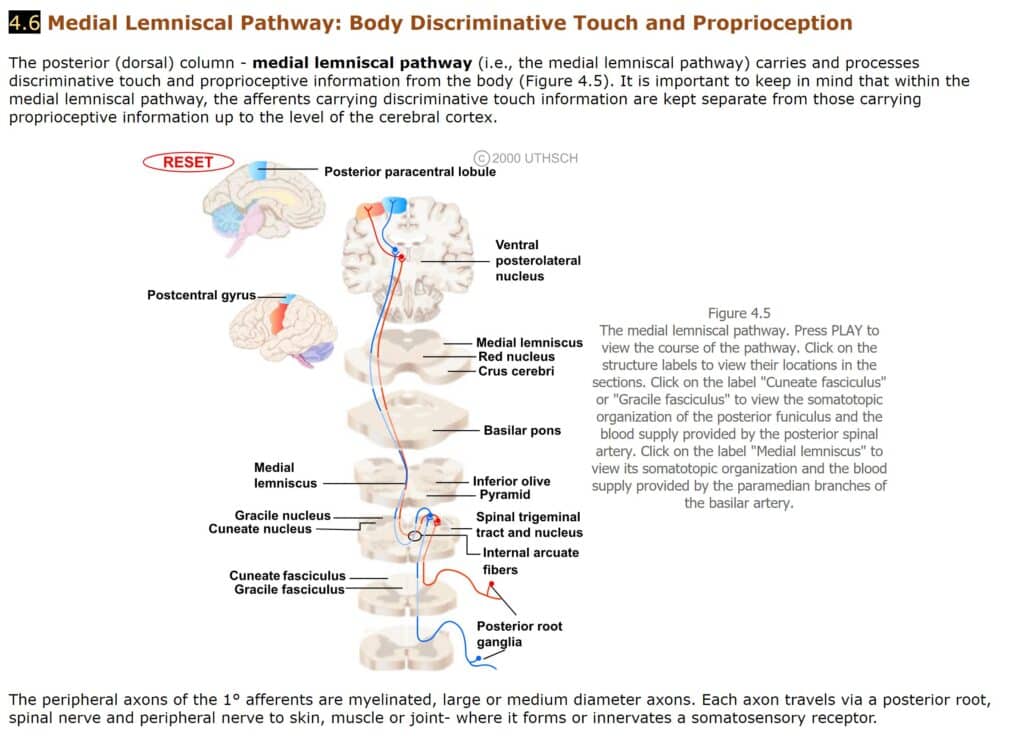
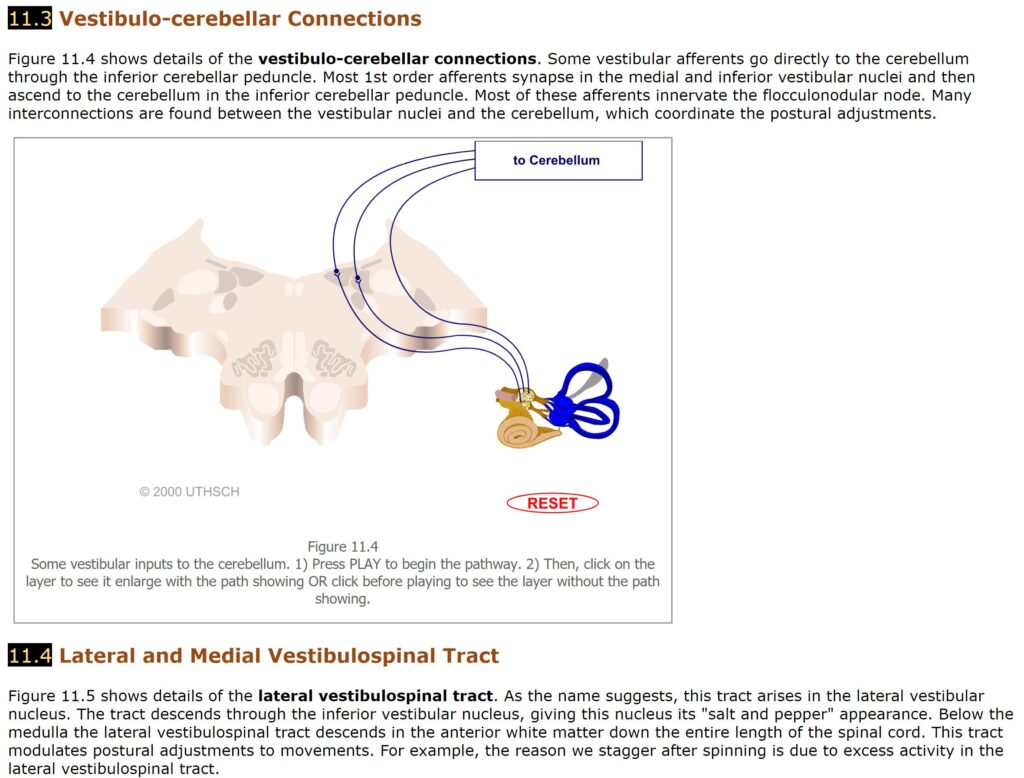
Concluding remarks
This article is not to say that you shouldn’t consider other resources as well (the more the better, in my opinion). But sometimes students need to save money, or have access to online material so that they don’t have to carry around a heavy text book everywhere they go.
If you can’t afford traditional textbooks or other resources, this online book/resource will prove to be very valuable.
Whatever you do, study hard, study smart and give any neuro course you take the respect it deserves. It’s possible to do very well in neuro, even if you don’t consider it to be your strong point, you just need to have some good resources, some good study habits and a healthy dose of discipline.
Happy studying!

Hi! I’m Jim Wittstrom, PT, DPT, CSCS, Pn1.
I am a physical therapist who is passionate about all things pertaining to strength & conditioning, human movement, injury prevention and rehabilitation. I created StrengthResurgence.com in order to help others become stronger and healthier. I also love helping aspiring students and therapists fulfill their dreams of becoming successful in school and within their clinical PT practice. Thanks for checking out my site!

